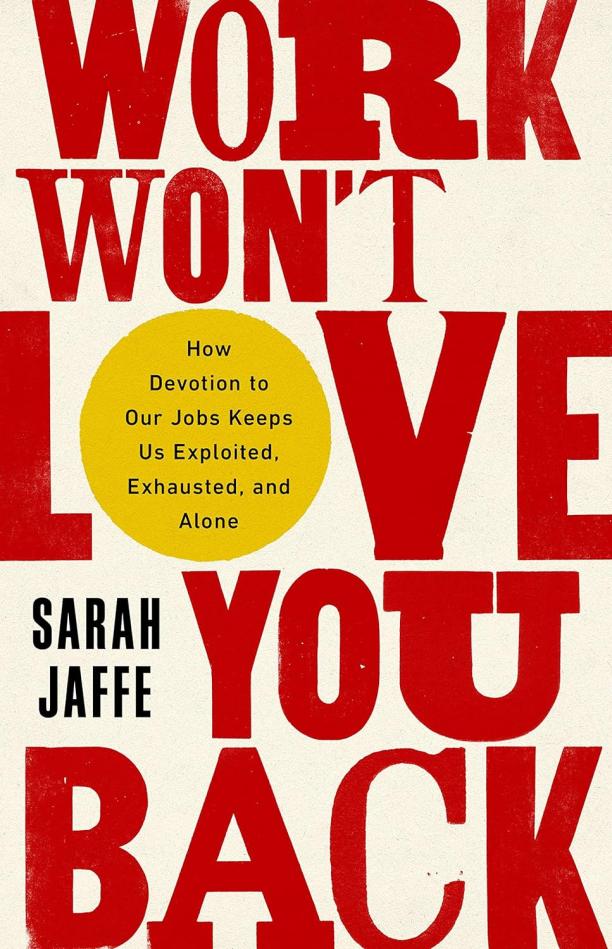Summary:
The book examines the phenomenon of employees who spend a significant portion of their work hours on non-work-related activities, exploring the reasons behind this behavior and its implications for modern labor and management. It delves into case studies and interviews to understand the motivations for such "empty labor" and discusses its impact on productivity, employee satisfaction, and organizational dynamics.
Key points:
1. Empty Labor: Paulsen defines "empty labor" as time when employees aren't working during work hours, often as a reaction to job dissatisfaction or underemployment.
Books similar to "Empty Labor":

Do Nothing
Celeste Headlee

Take Back Your Time
John de Graaf

Work Won't Love You Back
Sarah Jaffe

Private Government
Elizabeth Anderson

Bullshit Jobs
David Graeber

A Minute to Think
Juliet Funt

Thursday is the New Friday
Joe Sanok

Laziness Does Not Exist
Devon Price

Smart Machines and Service Work
Jason E. Smith

Ghost Work
Mary L. Gray|Siddharth Suri
